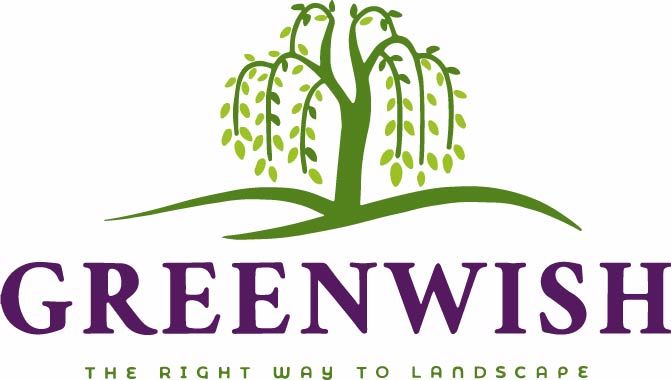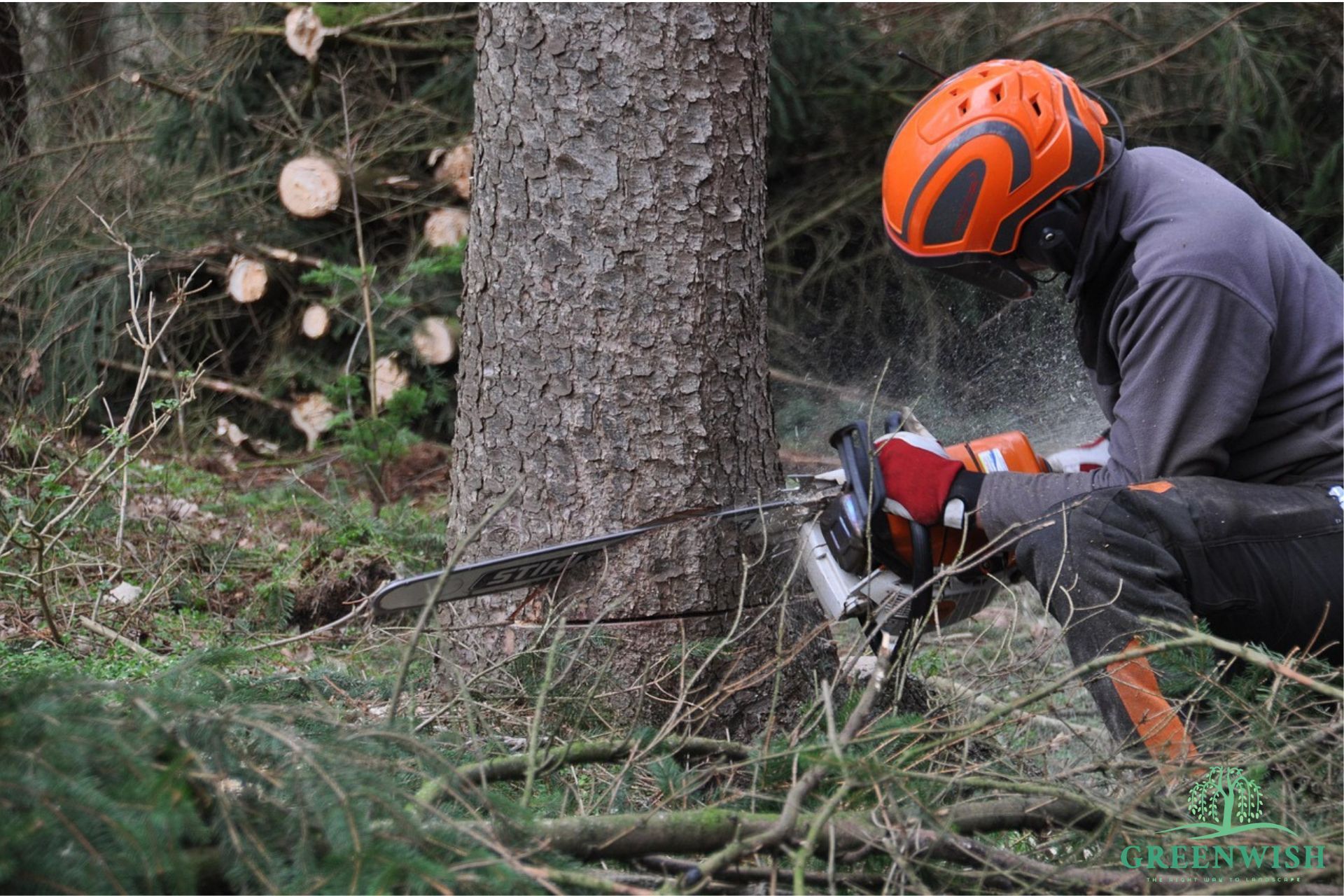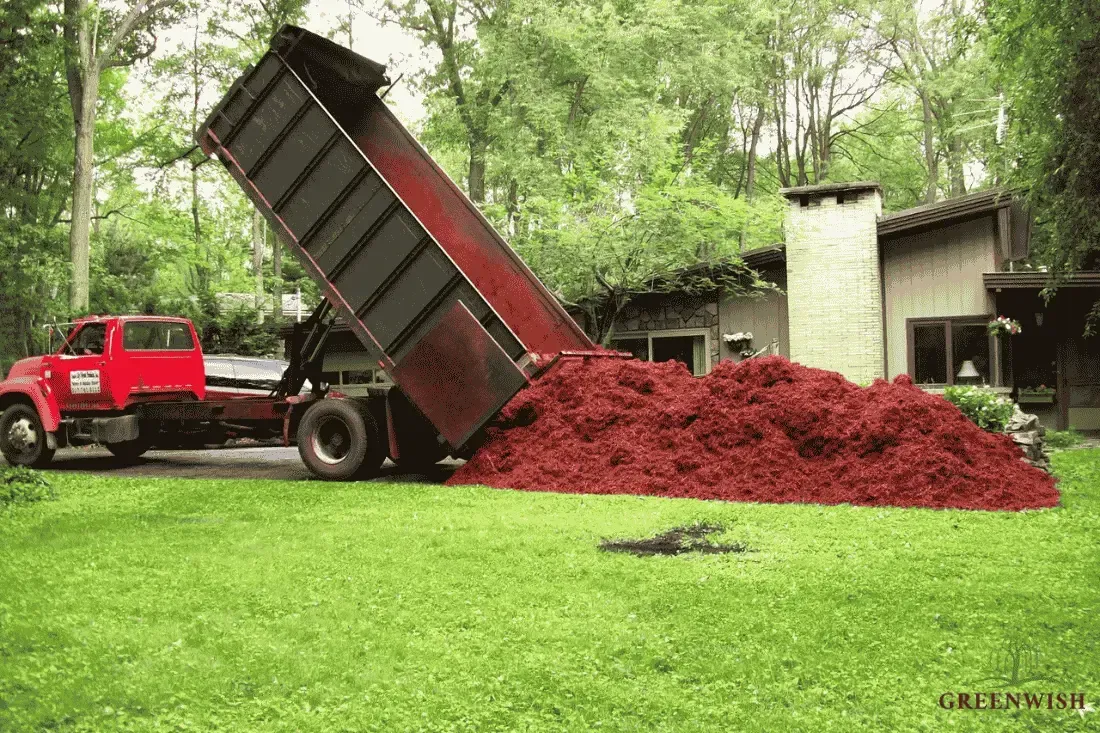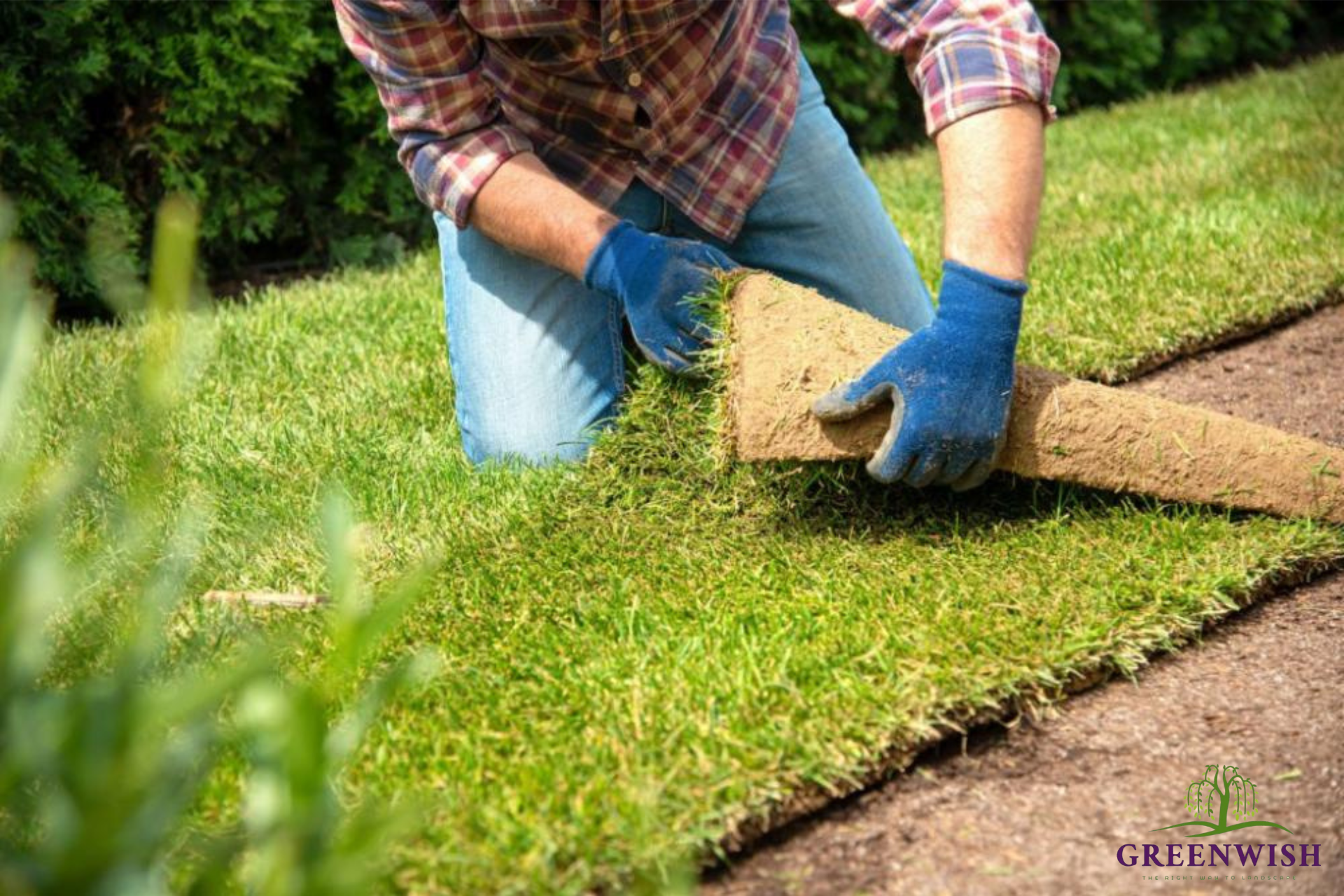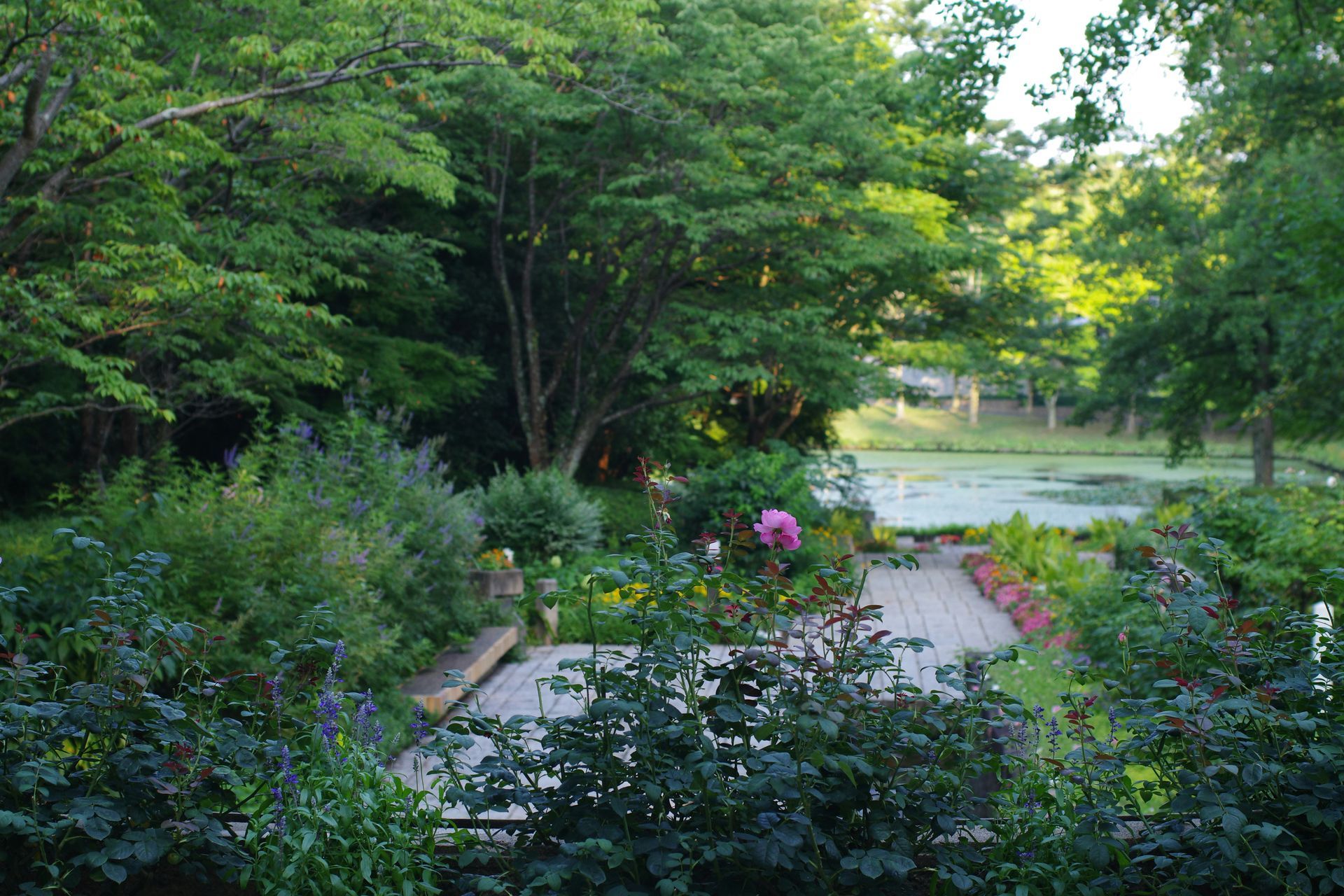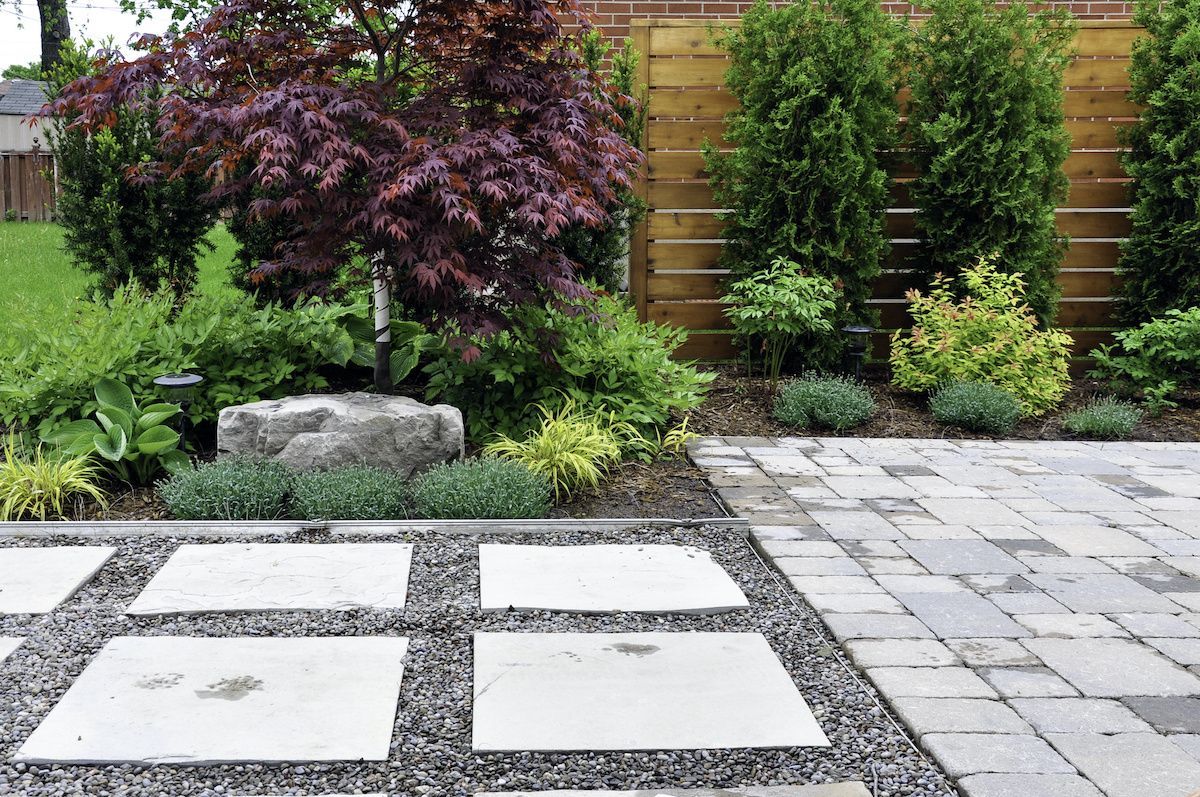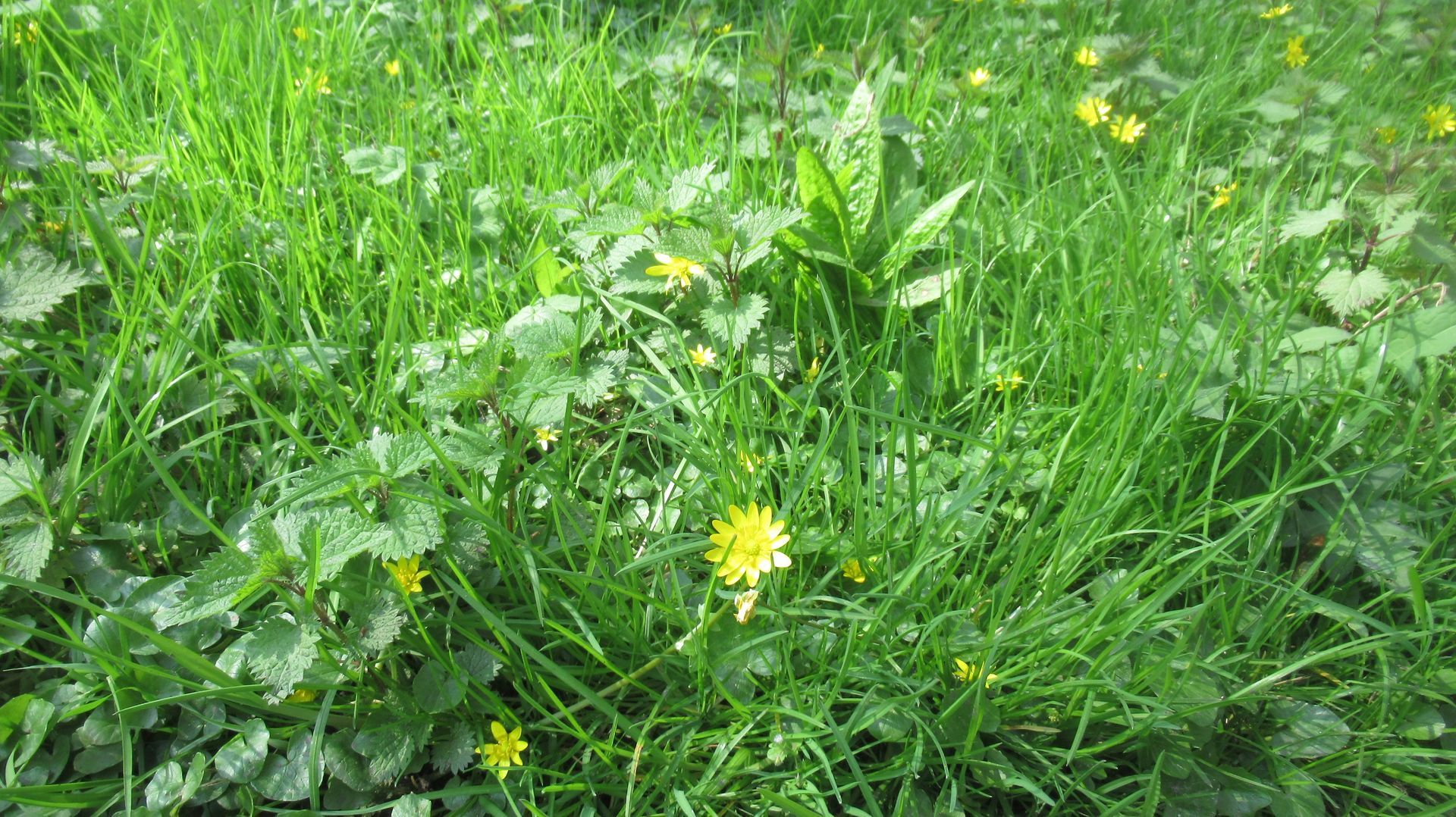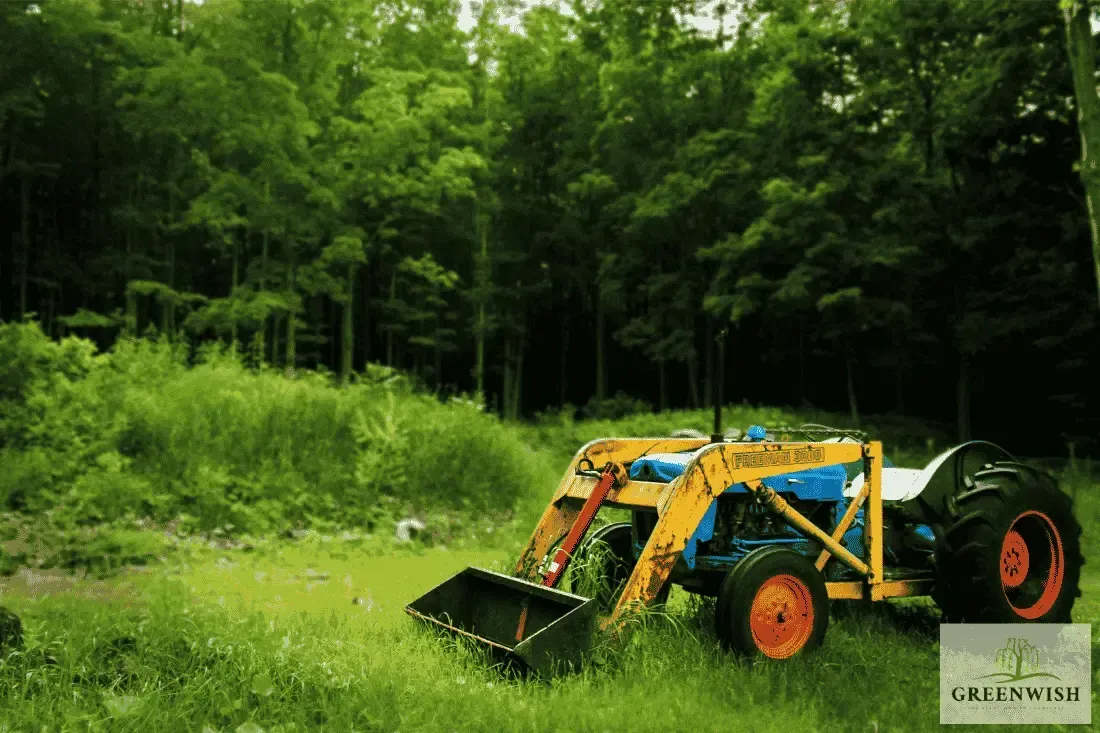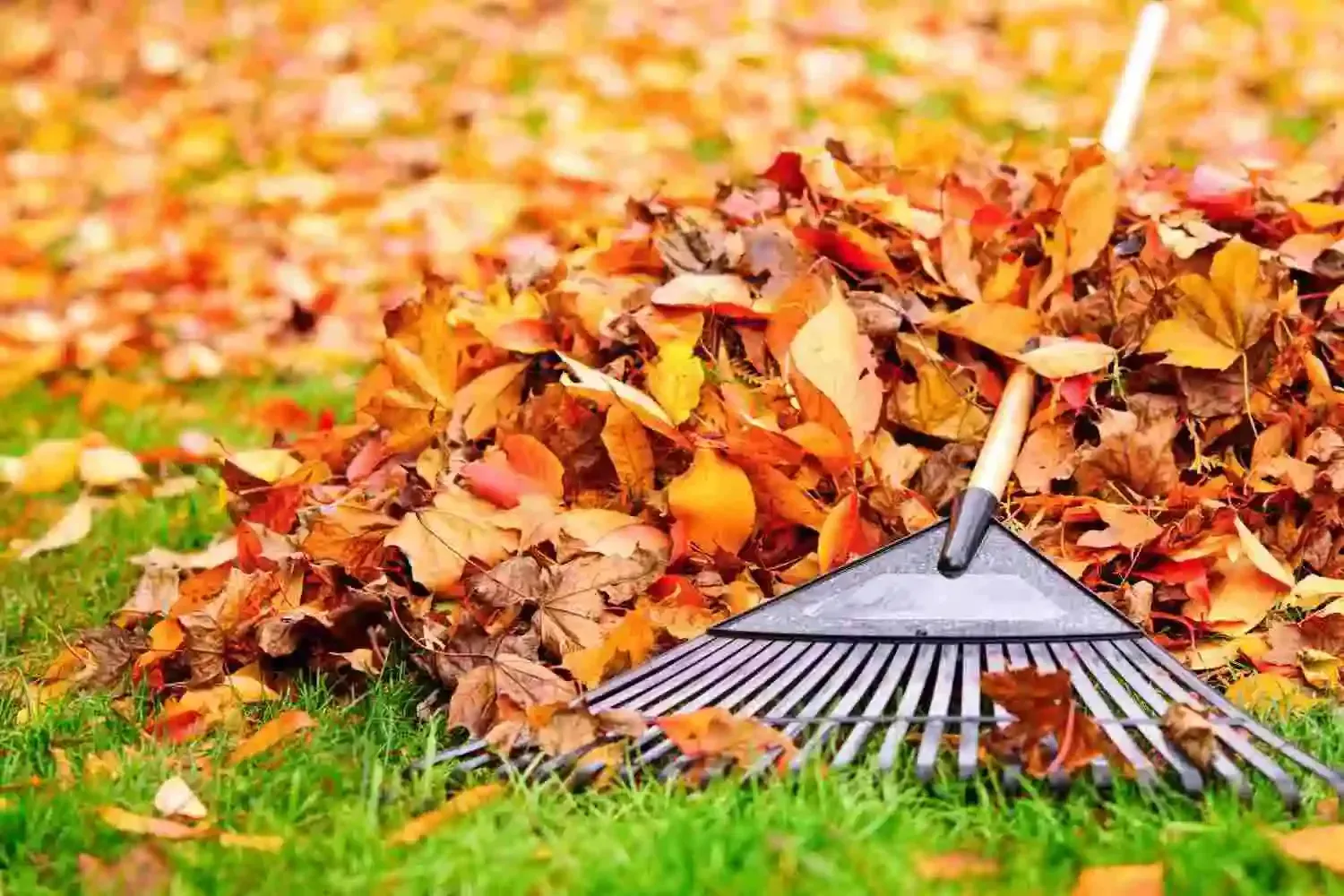Lawn Mowing Cost in 2025: Rates per Hour, Acre & Square Foot + Expert Estimator Guide
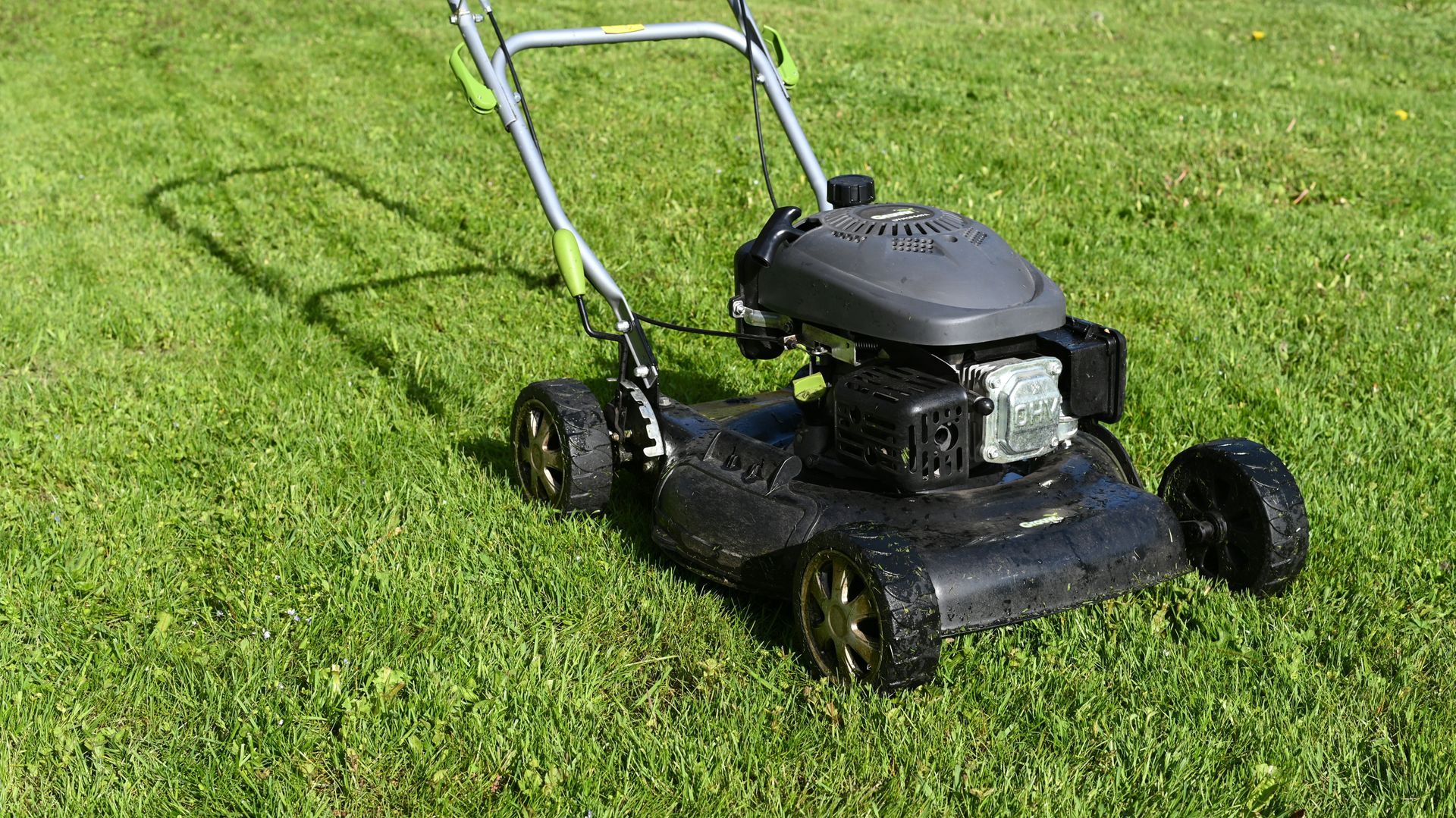
How much does lawn mowing cost near you? Whether you're hiring a pro or starting your own service, this guide has real data, pricing formulas, and smart tips to help you take control of every cut.
Introduction: Why Lawn Mowing Costs Matter in 2025
Lawn mowing is one of the most common and essential aspects of property maintenance. Yet, it's often underestimated when budgeting for home or business upkeep. With fluctuating fuel costs, rising labor wages, and evolving service models, lawn mowing prices in 2025 are more dynamic than ever. Whether you're trying to maintain a quarter-acre suburban yard or a multi-acre rural property, understanding these costs can save you hundreds annually.
As homeowners shift toward outsourcing time-consuming tasks, demand for lawn mowing services has grown—especially for reliable, recurring service plans. At the same time, more individuals are launching their own lawn care businesses, seeking clarity around what to charge per square foot, hour, or acre. Unfortunately, most online advice is vague, generalized, or based on outdated rates.
This guide aims to solve that. It breaks down the real cost of mowing a lawn in today’s market, from average rates and cost estimators to legal tips for lawn care business owners. Whether you're managing one lawn or dozens, you’ll find the clarity and confidence you need to either hire smarter or price your services competitively.
We’ll also go beyond basic pricing to cover the why behind the numbers—because cost alone doesn’t tell the full story. Factors like grass type, lawn shape, slope, climate, and even your zip code all play a role in what you’ll pay or earn. Let’s start by understanding what lawn mowing really involves and why it’s a core component of outdoor care.
What Is Lawn Mowing and Why It Matters
Definition: What Exactly Is Lawn Mowing?
Lawn mowing is the regular cutting of grass to maintain a consistent height across a defined area, typically using equipment such as push mowers, ride-on mowers, or robotic mowers. The goal isn’t just to shorten the grass, but to keep it healthy, uniform, and visually appealing.
The Biological Purpose: Supporting Lawn Health
Mowing stimulates grass to grow thicker and healthier by encouraging horizontal growth rather than height. It helps prevent disease, improves root development, and allows better absorption of sunlight and water. Cutting at the right frequency and height is essential—too short and the lawn becomes stressed, too infrequent and it becomes overgrown and weak.
Aesthetic Value: Enhancing Property Appearance
A well-mowed lawn instantly improves a property’s curb appeal. It defines boundaries, frames landscaping features, and gives the entire yard a polished look. For real estate listings, hospitality businesses, or even social gatherings, a clean cut lawn conveys care, pride, and attention to detail.
Safety and Practical Benefits
Mowing also helps prevent common hazards. Long grass is a breeding ground for pests like ticks, fleas, and mosquitoes. It can hide debris or holes that pose tripping risks. In dry regions, tall grass can even become a fire hazard. Regular mowing reduces these risks and helps you stay in compliance with local property maintenance codes.
Why It’s More Than Just Cutting Grass
Lawn mowing is part of a larger system of landscape management. It affects soil health, plant resilience, pest resistance, and even water retention. Done correctly, mowing supports long-term lawn vitality. Done poorly, it leads to patchy, weed-infested yards and higher maintenance costs later on.
What Does Lawn Mowing Cost in 2025?
Lawn mowing prices in 2025 are shaped by several variables—size, complexity, location, service frequency, and how providers quote their work. Whether you're budgeting for a single mow or a season-long service plan, understanding how pricing works helps you avoid overpaying and get the right level of service for your needs.
Lawn care professionals generally use four main pricing models: hourly, per square foot, per acre, or monthly packages. Here’s a breakdown of each approach, who it's best for, and how it’s calculated.
1. Hourly Lawn Mowing Rates
Price Range:
- Homeowners typically pay $40–$80 per hour.
- Commercial crews with high-efficiency equipment often charge $60–$100+ per hour.
When It's Used:
Hourly rates are ideal for complex, irregularly shaped lawns or properties with lots of trimming and debris cleanup. This method accounts for labor, fuel, and time spent, rather than just lawn size.
Why It Works:
It’s fair for both parties. The provider is compensated for actual effort, and the homeowner isn’t locked into a flat rate that may not reflect the job's complexity.
2. Lawn Mowing Cost Per Square Foot
Typical Range:
- $0.01 to $0.06 per square foot, depending on region, frequency, and service level.
Best For:
- Smaller, urban lawns where precision pricing makes sense.
How It Works:
Measure your total mowable area, multiply it by the quoted rate, and you’ve got your price. However, most companies enforce a minimum service fee to cover setup and travel time, especially for properties under 2,000 square feet.
Bonus Tip: Ask for flat-rate pricing once you reach 5,000+ square feet—square-foot billing becomes inefficient beyond that size.
3. Lawn Mowing Cost Per Acre
Standard Rates:
- 1 acre: $60–$150
- 2+ acres: $50–$100 per acre (volume discounts often apply)
When It’s Used:
This pricing model is perfect for rural properties, farms, commercial lots, or estate homes. Larger spaces are usually serviced with ride-on mowers or tractors, which allow professionals to offer bulk discounts.
Price Factors Include:
- Terrain (flat vs. hilly)
- Obstacles (trees, fencing, garden beds)
- Access (wide-open vs. gated/sectioned)
Pro Insight:
The more acres you mow, the less you usually pay per acre—especially if you schedule recurring visits.
4. Monthly Lawn Care Plans
Average Monthly Pricing (for 1/8 to 1/4 acre):
- $120 to $400 per month
What’s Included:
- Weekly or biweekly mowing
- Trimming around borders and structures
- Edging along driveways and sidewalks
- Grass clipping cleanup or mulching
Why Go Monthly?
A flat monthly rate simplifies budgeting, locks in your price, and ensures consistent maintenance. Many providers offer discounts of 10–20% compared to pay-per-visit services.
Ideal For:
Homeowners who want “set it and forget it” convenience without renegotiating every time the grass grows.
Lawn Mowing Costs by Property Size: Pricing Estimates for Small, Medium, and Large Yards
Lawn size is one of the most critical factors when estimating mowing costs. The larger the area, the more time, fuel, and labor required—though many providers offer volume discounts for bigger lots.
Below is a detailed guide showing what you can expect to pay per mowing session based on common residential and commercial lawn sizes in 2025.
Lawn Mowing Costs by Property Size
Lawn size is one of the most important factors in determining mowing cost. The larger your yard, the more time, labor, and fuel required—and while larger lots often benefit from per-acre discounts, pricing still depends on layout complexity, grass condition, and service frequency. Below is a breakdown of typical pricing based on lawn size, rewritten in a smooth, paragraph-style format for natural blog flow.
Small Lawns (1/8 Acre)
Small lawns typically range from 5,000 to 6,000 square feet. These are common in townhomes, urban areas, or tightly packed neighborhoods. For a lawn of this size, you can expect to pay between $30 and $45 per mow, depending on your region and whether trimming and edging are included. If you choose weekly service, the monthly cost usually falls between $120 and $180. Most providers offer flat rates for these properties, especially if there's minimal trimming involved.
Medium Lawns (1/4 Acre)
Medium lawns, usually around 8,000 to 11,000 square feet, are typical of suburban homes with both front and backyards. Mowing this size lawn generally costs $45 to $70 per visit, with weekly maintenance plans ranging from $160 to $240 per month. Complexity—such as fencing, slopes, or landscaped edges—can affect pricing, but regular service often comes with slight discounts.
Large Lawns (1/2 Acre)
For properties that measure approximately 18,000 to 22,000 square feet (about half an acre), expect to pay more due to the time and fuel involved. On average, mowing this size lawn costs $65 to $100 per visit. A full-service weekly mowing plan can run between $200 and $350 per month. Homeowners with larger lawns often benefit from bundling trimming, edging, and debris removal in their quotes.
Extra-Large Lawns (1 Acre)
Lawns measuring around one acre—or roughly 40,000 square feet—fall into the extra-large category. Mowing services typically charge between $100 and $160 per visit, depending on the terrain and the need for additional services. If maintained weekly, the monthly cost can climb to $350 to $500 or more, especially when trimming, leaf blowing, or edging is added.
Multi-Acre Properties (2+ Acres)
For properties larger than one acre—such as farms, estates, or parks—pricing is usually calculated on a per-acre basis. The average cost ranges from $50 to $100 per acre, with multi-acre mowing jobs typically priced lower per acre due to economies of scale. Monthly costs vary widely depending on total acreage and service frequency, but for weekly mowing, $600 per month and up is a reasonable benchmark.
What Influences Cost by Size?
- Complexity of the Layout: A flat, open 1/2-acre lawn is faster to mow than a 1/4-acre yard with fences, trees, and garden beds.
- Grass Type & Height: Thick or overgrown turf takes more time and effort to cut.
- Access & Equipment: Tight gates or steep slopes may require special tools or extra time.
- Frequency: Weekly mowing tends to cost less per visit than biweekly or irregular mowing.
Pro Tip:
If your lawn falls between standard sizes or includes multiple sections, ask your provider for a custom quote based on square footage and terrain complexity.
How to Estimate Lawn Mowing Cost
If you're trying to figure out what a mowing job should cost—whether for your own yard or a client’s property—you can calculate a reasonably accurate estimate on your own using a few simple steps. This approach is especially helpful if you're budgeting for seasonal maintenance or launching a lawn care service.
Step 1: Measure the Mowable Area
Start by measuring only the sections of your yard that require mowing. This means subtracting structures like your house, patio, driveway, and other non-grassy areas from your total lot size. You can use a measuring wheel, a tape measure, or online satellite tools like Google Maps or lawn measurement apps to get the square footage.
Step 2: Apply the Base Rate per Square Foot
Once you know your mowable square footage, multiply it by the average rate for your area. In most U.S. regions, that ranges from $0.01 to $0.06 per square foot.
Example:
If your lawn is 6,000 square feet and your local rate is $0.03/sq ft: 6,000 × $0.03 = $180 per mow
Step 3: Adjust for Terrain and Complexity
Flat, open yards are quicker and cheaper to mow. If your lawn has steep slopes, narrow gates, lots of trees, garden beds, or fences, expect the cost to increase by 15% to 30%. These obstacles require slower movement and extra trimming.
Step 4: Consider Frequency of Service
How often you plan to mow affects your pricing. Weekly service typically comes at a lower per-visit rate than one-time or irregular visits. Service providers often offer bundled discounts for regular clients because the lawn stays manageable with each visit.
Step 5: Add On Extra Services
If you want more than just mowing, be sure to factor in the cost of add-ons.
Common service add-ons include:
- Trimming: $10–$25 depending on the amount of detail work
- Edging (along sidewalks and driveways): $5–$15
- Bagging and removing clippings: $10–$20
These services are often optional but can make a big difference in the finished look of your lawn.
When to Request a Custom Quote
While small and mid-sized lawns can often be priced using the above formula, there are times when a custom quote is the better choice. You should request one if:
- Your lawn is over 1 acre
- The property includes complex landscaping, steep slopes, irrigation systems, or limited access areas
- You're bundling mowing with fertilizing, dethatching, leaf removal, or seasonal cleanup
In these cases, a site visit from the provider ensures you get accurate, transparent pricing that reflects the actual scope of work.
What’s Included in Lawn Mowing Services?
Lawn mowing companies offer a range of service levels, from basic grass-cutting to full-service lawn care packages. Understanding what's included in your quote is essential, as many providers offer tiered pricing or à la carte options that can significantly impact your final cost.
Basic Lawn Mowing Services
At its simplest, a basic lawn mowing service includes cutting the grass to a uniform, healthy height using push or ride-on mowers. Most providers will also perform a light cleanup after mowing, which typically involves blowing grass clippings off hard surfaces like sidewalks, patios, and driveways. In some cases, you’ll have the option to choose between mulching the clippings—where they are chopped finely and returned to the lawn for nutrients—or bagging, where the clippings are collected for disposal.
Standard Add-On Services
For homeowners looking for a more polished finish, many companies offer standard add-ons that enhance the look and health of your lawn. These often include:
- Trimming around fences, trees, flower beds, and other hard-to-reach areas where the mower can’t reach.
- Edging along curbs, sidewalks, and driveways to create sharp, clean borders between lawn and hardscape.
- Bagging and removal of clippings if mulching isn’t preferred or if the lawn is overgrown.
- Minor weed control in high-traffic or visible areas, typically using spot treatments or manual pulling.
These services are usually available as part of a mid-tier package or can be added individually to a base mowing plan.
Premium Lawn Care Services (Additional Cost)
For comprehensive yard maintenance, many lawn care providers offer premium services at an extra charge. These services go beyond mowing and are often scheduled seasonally or as part of an annual care plan. They include:
- Fertilizer application to encourage healthy, green growth and reduce weeds.
- Weed control treatments (pre-emergent and post-emergent) to manage invasive species.
- Aeration and overseeding, typically done in spring or fall, to improve soil health and thicken turf.
- Leaf removal, especially in fall, to prevent dead spots and mold.
- Seasonal cleanups, which involve hauling away yard debris, cutting back overgrown plants, and preparing the lawn for changing weather.
Before committing to any service, it’s a good idea to ask for a detailed quote or service checklist so you know exactly what is—and isn’t—included. This avoids miscommunication and ensures you get the best value for your lawn care investment.
How Often Should You Mow Your Lawn?
Mowing frequency plays a major role in maintaining a healthy, attractive lawn. Cutting your grass too often can weaken it, while mowing too infrequently can lead to overgrowth, pests, and poor turf health. The right schedule depends on the season, the type of grass you have, and how quickly it grows.
Seasonal Mowing Guidelines
In spring, when most grasses begin to emerge from dormancy, weekly mowing is ideal. Regular cutting during this time helps promote dense, even growth and gives your lawn a strong foundation for the rest of the year. Cool-season grasses like Kentucky bluegrass and fescue grow rapidly in the spring and benefit from more frequent maintenance.
During summer, mowing frequency depends on rainfall, temperature, and grass type. In hot, dry climates, you may only need to mow every 10–14 days. However, in regions with steady summer rain, weekly mowing may still be necessary. Be sure to raise your mower blade slightly in hot months to reduce stress on your lawn and retain moisture.
As fall sets in, growth slows down. Most lawns require biweekly mowing at this stage. Grass still grows until soil temperatures drop consistently, so don’t stop mowing too early. Continue cutting until the first frost or until grass growth noticeably stops.
In winter, mowing is rarely needed unless you live in a warm or tropical climate where grass continues to grow slowly year-round. In these cases, an occasional mow every 3–5 weeks may be appropriate to keep things tidy.
Dealing with Overgrown Lawns
If your grass exceeds 6 inches in height, it may require more time, labor, and equipment to mow safely and cleanly. Overgrown lawns dull mower blades more quickly, clog equipment, and often need multiple passes to achieve an even cut. Many lawn care providers charge a surcharge of 25–50% for severely overgrown lawns, especially during the first service visit.
To avoid extra costs and lawn stress, it's best to mow regularly based on the growth pattern of your specific grass type. A good rule of thumb is the “one-third rule”—never cut more than one-third of the grass blade height in a single mow.
DIY vs. Hiring a Pro – Which Is Right for You?
When it comes to lawn mowing, you have two main options: do it yourself or hire a professional. Each approach has its own pros, costs, and time demands. Your decision depends on factors like budget, schedule, property size, and how hands-on you want to be.
The Cost and Commitment of DIY Lawn Care
Doing it yourself can save money in the long run, but there are upfront costs and ongoing responsibilities to consider. A push mower typically costs between $200 and $400, while a ride-on mower suitable for larger properties can run anywhere from $1,000 to $3,000 or more. In addition to the initial investment, you’ll need to handle annual maintenance, including blade sharpening, oil changes, and part replacements—usually around $50 to $100 per year.
Mowing a mid-sized lawn yourself typically takes 1 to 2 hours per session, depending on terrain and the type of mower you use. DIY is ideal if you enjoy yard work, have the necessary storage space, and want more control over how your lawn is maintained.
The Value and Convenience of Hiring a Lawn Service
Hiring a lawn care service eliminates the time and physical labor involved in regular mowing. For most residential properties, the cost per mow ranges from $40 to $80, depending on yard size and regional rates. These services typically include not just mowing, but also trimming, edging, and post-mow cleanup.
One major advantage of hiring a professional is convenience. You can set a regular schedule, ensuring your lawn is maintained even when you're busy or away. Additionally, services are scalable—whether you have a quarter-acre yard or a multi-acre estate, providers come equipped with commercial-grade tools and crews to handle any size efficiently.
Which Option Makes More Sense?
If you enjoy lawn care, have time on your hands, and want to save long-term, DIY may be the better fit—especially for smaller, easy-to-manage lawns. But if your time is limited, your yard is large, or you prefer a clean, professional result without the hassle, hiring a service is well worth the investment.
Ultimately, the choice comes down to what you value more: your time or your money. Either route can work well—as long as you're informed about the costs and commitments involved.
Regional Pricing: How “Lawn Mowing Cost Near Me” Changes by Area
Lawn mowing rates aren’t one-size-fits-all. Where you live plays a major role in determining how much you'll pay for lawn care. Factors like labor costs, transportation time, property density, and local demand cause prices to fluctuate significantly across urban, suburban, and rural areas. If you're searching “lawn mowing cost near me,” here’s what to expect based on your location.
Urban Areas
In major cities and densely populated metro regions, expect to pay more for lawn care. Higher labor costs, fuel prices, parking challenges, and longer travel times all contribute to elevated service fees. For a standard 1/4-acre lawn, prices typically range from $65 to $100 per mow. Some providers may charge additional fees for tight access areas or high-rise deliveries if equipment needs to be transported manually.
Suburban Areas
Suburbs usually offer the most competitive lawn mowing market. With a high volume of similar-sized properties and lower operating costs than urban centers, service providers can route efficiently and pass those savings on to homeowners. For a typical 1/4-acre suburban yard, expect to pay between $45 and $70 per visit. Many companies in suburban zones offer loyalty discounts, bundled services, and seasonal contracts to stand out in a crowded market.
Rural Locations
Rural areas tend to have fewer professional lawn care providers, which can limit your options. However, the cost per mow is generally lower because of reduced overhead. For properties in the countryside or on the outskirts of small towns, mowing a 1/4-acre lawn usually costs around $30 to $60. The availability of space and fewer obstacles also make DIY mowing a more viable and cost-effective option for rural homeowners with larger yards.
Final Tip: Always Compare Local Quotes
No matter where you're located, it’s smart to get at least three local quotes before choosing a lawn care provider. Ask each service what’s included in their pricing—some may bundle trimming, edging, and cleanup while others charge separately. Getting multiple estimates ensures you pay a fair rate and get the right level of service for your lawn.
Starting a Lawn Care Business – Rates, Legal Tips, and Licensing Essentials
If you're considering starting a lawn mowing or full-service lawn care business, pricing your services and handling legal requirements correctly is essential. Whether you're operating solo or building a team, success begins with understanding standard industry rates, compliance expectations, and the best practices for protecting yourself legally and financially.
Common Lawn Care Pricing Models
Lawn care providers typically charge using one of three methods:
- Hourly rates are common for jobs with unpredictable variables, such as tall grass, large rural properties, or jobs involving extensive trimming. Most professionals charge between $40 and $100 per hour, depending on location and equipment.
- Flat-rate pricing is often used for recurring residential properties. Prices are based on lot size, mowing frequency, and complexity. For example, a 1/4-acre lawn on a weekly plan might cost $50 per visit, while larger or more complex lots could command significantly more.
- Package pricing bundles multiple services—such as mowing, edging, fertilization, and seasonal cleanup—into one convenient monthly or seasonal rate. This model provides clients with better value and gives business owners predictable income.
Choosing the right pricing strategy depends on your target market, equipment capacity, and how scalable you want your business to be.
Legal Requirements and Business Structure
Operating a lawn care business legally involves a few important steps. While mowing lawns for money is not illegal, you must comply with local and state regulations to avoid penalties or liability issues.
First, register your business locally, whether as a sole proprietorship or a more formal structure. While you don’t need an LLC to operate, forming one is strongly recommended. An LLC (Limited Liability Company) protects your personal assets if your business is ever sued and gives you credibility with clients.
You should also obtain liability insurance, which covers property damage, accidents, or injury that may occur on a job site. This is especially important if you're working on commercial properties or using heavy equipment.
In addition, make sure to:
- Track all income and expenses
- Issue professional invoices
- Keep detailed records for tax reporting
- Understand local zoning rules if operating from home
If you plan to apply herbicides or fertilizers as part of your lawn care offerings, you may also need a separate applicator’s license or certification, depending on your state.
Final Thoughts: Make Smart Choices About Your Lawn Care
Lawn mowing may seem simple, but behind every quote is a mix of factors that affect price, quality, and value. This guide has walked you through every angle—costs per hour, square foot, and acre; the impact of lawn size and location; the pros and cons of DIY vs. hiring a service; and even how to price and legitimize your own lawn care business.
The bottom line? Being informed gives you leverage. It helps you avoid overpaying, ask better questions, negotiate clearly, and choose services—or build a business—with confidence. Whether you want to keep your own yard in top shape or scale up and serve others professionally, the knowledge in this guide is your starting point.
Take Action:
- If you're a homeowner: measure your yard, get multiple quotes, and understand exactly what each service includes.
- If you're going DIY: invest wisely in equipment and stay consistent with mowing and maintenance schedules.
- If you're launching a business: set competitive rates, operate legally, and always provide value beyond just cutting grass.
No matter which path you take, your lawn—and your bottom line—will benefit from smart, well-informed decisions.
Ready to take the hassle out of lawn care? Get a personalized quote today from the pros at GreenWishLLC—where your lawn’s health is always our priority.
FAQs – Detailed Answers to Common Lawn Care Questions
Q: What do most people charge to mow a lawn?
Most homeowners pay between $30 and $85 per visit depending on lawn size, region, and what’s included. Larger lawns or properties with obstacles may fall at the higher end of this range.
Q: How much does it cost to get a lawn mower serviced?
A basic tune-up costs $50–$100 and includes blade sharpening, oil changes, and air filter replacement. Commercial mowers may cost more due to larger engines and parts.
Q: How much does it cost to cut 1/2 acre of grass?
Expect to pay $50–$100 depending on slope, trimming requirements, and access. If it’s overgrown or hasn’t been mowed in weeks, the price could increase by 25–40%.
Q: How often should you mow your lawn?
Weekly is best during spring and summer. In fall, every 10–14 days is fine. During winter, mowing is optional unless you live in a warm region where grass continues growing.
Q: Is it worth paying someone to mow your lawn?
Absolutely, if you want professional results without spending your weekends working outdoors. Lawn services bring high-powered equipment and know-how that save time and improve lawn health.
Q: Do I need an LLC to mow lawns?
No, but forming one offers legal protection and tax advantages. It also makes your business look more professional to customers, especially if you’re scaling or advertising locally.
